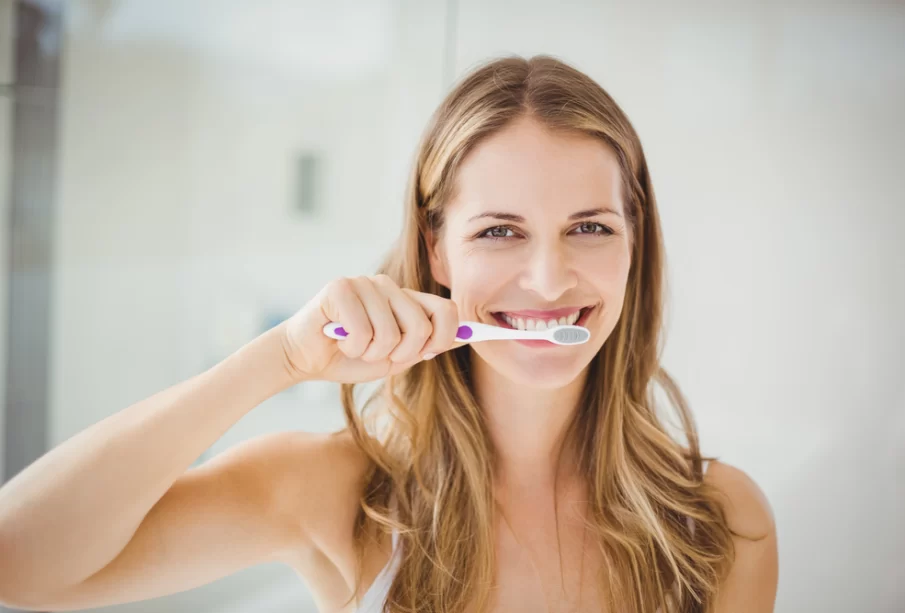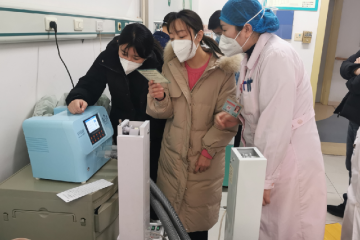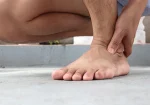What to Expect During a Dental Cleaning

Many people are seen as apprehensive about dental cleanings, which is understandable. There is prodding and different kinds of noises, and there might be a little discomfort in between.
However, a dentist in Plymouth, MA, ensures that the patient remains comfortable during the dental exams and cleanings.
Professionals use seating arrangements, calm music, and many other techniques to ensure that patients have a relaxed environment in which to be treated.
In Plymouth, residents can easily access quality dental care and maintain their oral health. If you remain aware of what is to come forth, that can also ease stress to a certain extent.
Dental cleanings are a process to remove excess buildup of plaque (tartar). If you do not clean your teeth thoroughly and floss in a timely manner, the buildup can increase and take the form of tartar.
Tartar cannot be removed by brushing and, therefore, needs dental attention. The exams are conducted to look for any underlying dental issues, etc.
What is the procedure involved in dental cleaning?
Conducting a physical dental exam
The first thing that the dentist does before removing the buildup is conducting a dental exam. The dentist scrutinizes your mouth.
They make use of a small mirror to look for gum diseases or any other dental problems. If they find any problem, they consult another dentist to make sure it is OK to proceed further.
Cleaning and removing the buildup from plaque
The bacteria can accumulate at a place and lead to the formation of tartar. Tartar is quite stubborn and cannot be easily removed by just brushing or flossing. It needs the attention of a professional.
Dentists make use of a scaler to get rid of plaque. They remove the tartar from between your teeth and from your gum line. Depending upon how much build-up there is of tartar, the scraping sound can be longer.
Using an electric brush to clean teeth
Once the tartar is removed from your teeth, the dentist makes use of an electric toothbrush to clean the teeth. You might hear a grinding sound from it, which is normal.
This step is done to ensure there is tartar left behind. The toothpaste used by the dentist tastes and smells like regular toothpaste.
However, they are made to provide deep cleaning. Do not try to use it on your own at home, as it may erode your natural tooth enamel.
Flossing your teeth to remove any leftover toothpaste or plaque

Professionals do it to ensure that your teeth are thoroughly cleaned and that no harmful bacteria lingers.
While you may floss at home, expert flossing is a little different. Experts can locate the areas around your mouth that may bleed and make sure to address those issues in the process.
After this, the dentist rinses your mouth thoroughly to get rid of any excess debris left in your teeth.
Making use of fluoride treatment
This is the last step in the cleaning process. It ensures that there are no chances of cavities in your teeth and that too for months.
For fluoride treatment, you can choose the flavor you like. The dentist will give you many different options.
What are the different types of dental cleanings?
- Gross debridement
- Scaling method
- Root planing
- Prophylaxis
When should you seek dental cleaning, and how often?
When you see a buildup that cannot be removed by brushing or flossing, you should consult a dentist. It is recommended to go for dental cleanings after every six months.
However, it is not fixed for everyone. Your dentist can give you more detailed insight into your oral health.
They can tell you when you should come for cleanings and how much of a gap is needed in between. Therefore, consult a professional in Plymouth.
















